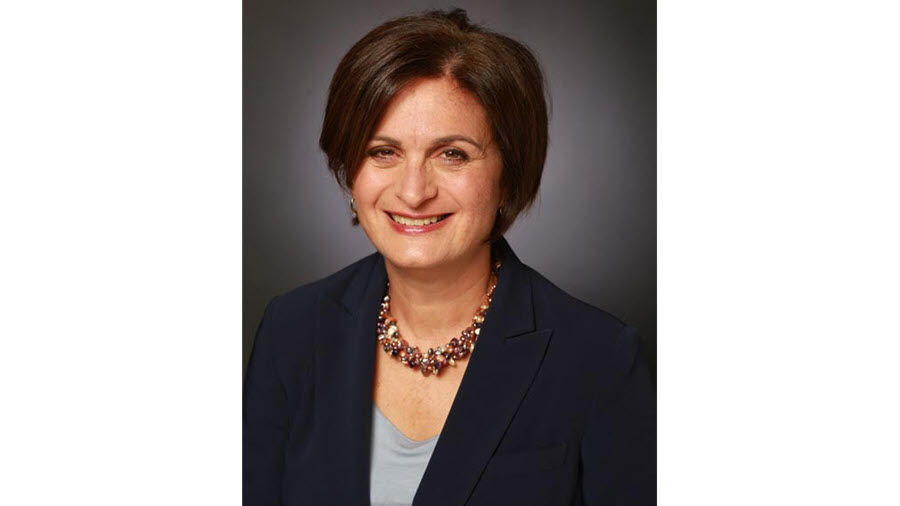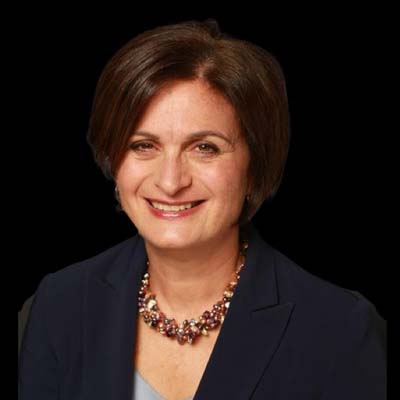Cable Operators and the Opportunity in Remote Patient Monitoring
To say that healthcare has been turned on its head in the last few months is an understatement. We have seen massive adoption of virtual care on an unprecedented scale as patients shy from receiving in-person care for non-COVID conditions and as regulations around telehealth reimbursements are relaxed. By some measures, telehealth use grew eight times in just a few weeks.

However, telehealth is only the precursor to a seismic shift in healthcare, with virtual care becoming a major component of care delivery. Virtual care delivery has numerous advantages:
Virtual care requires more than a broadband device for telehealth. Enter Remote Patient Monitoring (RPM), which is essentially about the collection, transmission, evaluation, and communication of patient health data from electronic devices. The RPM market is exploding. For example, Philips recently acquired BioTelemetry, a provider of remote cardiac diagnostics and monitoring, for $2.8 billion. Dozens of RPM players are vying for a piece of the market; many provide specialized solutions (for example, Bardy Diagnostics for cardiac monitoring), others broader based monitoring (for example, Current Health). Some use AI for predicting medical events, enabling care providers to deliver pre-emptive care.
The significant premise of RPM brings into sharp focus a number of challenges:
These and other challenges point to the need for a provider that has the capability to provide home-based digital management solutions. Such a provider can take on the complex set-up, the on-going management of these solutions, technical (nonmedical) patient (and provider) support. Longer term, they have the opportunity to play a role as an aggregator that coalesces these often disaggregated solutions to provide a secure, single point of truth repository for patient data (possibly using blockchain).
Cable operators and other telecom providers with their feet on the street assets and with access to patients’ homes are well positioned to play a role in the deployment and management of these solutions and over time could develop advanced capabilities to play an even bigger role in this fast-growing market. Some operators, including Telus, are already playing in the IoMT space, which is projected to grow to $285.5 billion by 2029 from $24.4 billion in 2019, at an estimated CAGR of 28%.
The smarter way to stay on top of the multichannel video marketplace. Sign up below.
Guest blog author Liliane Offredo-Zreik is a principal analyst at ACG Research, where she is responsible for cable access infrastructure market research and consulting practice. Offredo-Zreik is also president and founder of boutique advisory firm The Sannine Group.

